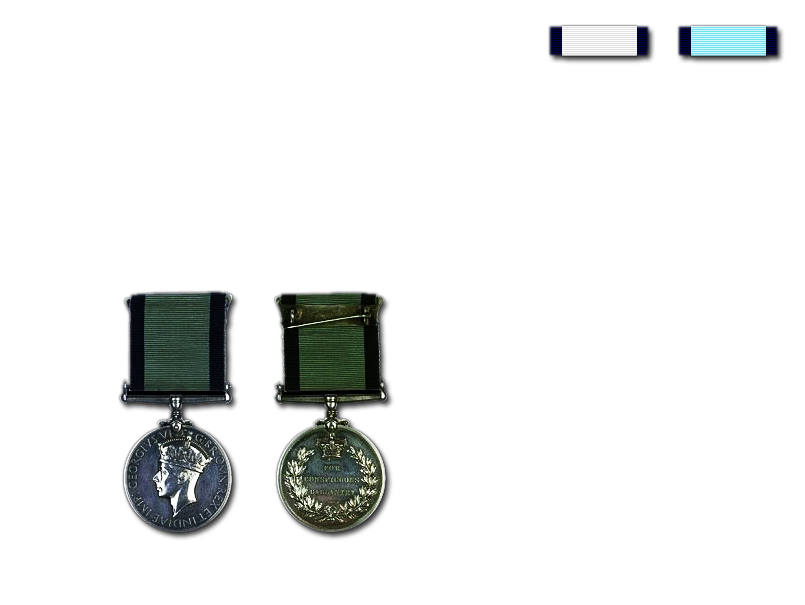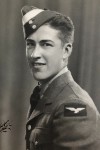Conspicuous Gallantry Medal (CGM)
The Conspicuous Gallantry Medal was instituted partly as a Royal Navy decoration in 1855. The full institution took place on 7th July 1874. In 1943 a specific version for the Royal Air Force, the Conspicuous Gallantry Medal (Flying) was instituted. The decoration was awarded tot personnel of the Armed Forces and form September 1942 also to Merchant Navy personnel for conspicuous gallantry at sea or in the air. It was equivalent to the Distinguished Service Order when awarded for bravery, but was ranked in order of precedence between the Distinguished Conduct Medal and the Distinguished Service Medal.
In 1993 the Conspicuous Gallantry Medal, the gallantry awarding of the Distinguished Service Order and the Distinguished Conduct Medal were replaced with the Conspicuous Gallantry Cross (CGC). This medal is awarded to all services and second only to the Victoria Cross.
The circular medal measures 36 mm in diameter. The obverse shows the head of the reigning UK monarch. The reverse shows the words 'FOR CONSPICUOUS GALLANTRY' devided over three lines and encicled with a laurel wreath and surmounted with the Imperial Crown.
The Naval ribbon was changed in 1921 to a white ribbon with two dark blue edge stripes. The Air Force version is sky blue with dark blue stirpes on the edges. For additional decorations a silver laurelled bar was added to the ribbon.
It was awarded to Chief Petty Officers, Petty Officers and enlisted men of the navy or army and air force personnel of equal rank who served with the navy and who distinguished themselves by acts of pre-eminent bravery in action with the enemy.
Of the CGM to airmen were 82 awarded to the RAF, 10 to the RAAF, 12 to the RCAF, 4 to the RNZAF, 1 to the Polish Air Force, 1 to the USAAF, and 1 to the Glider Pilot Regiment. One other CGM was awarded post-war to the RAAF as well: 112 in total.

Sources
- Photo: Medals of the World
- - British Government
- 'Bravery Awards for Aerial Combat - Stories Behind the Award of the CGM (Flying)' by Alan W Cooper










